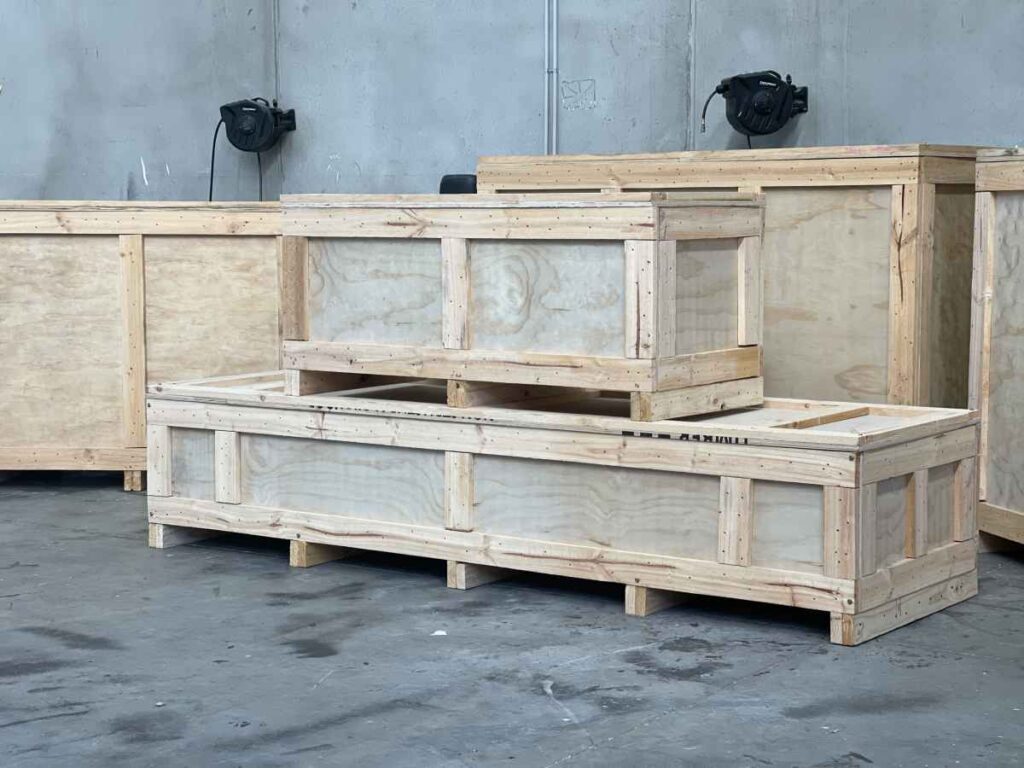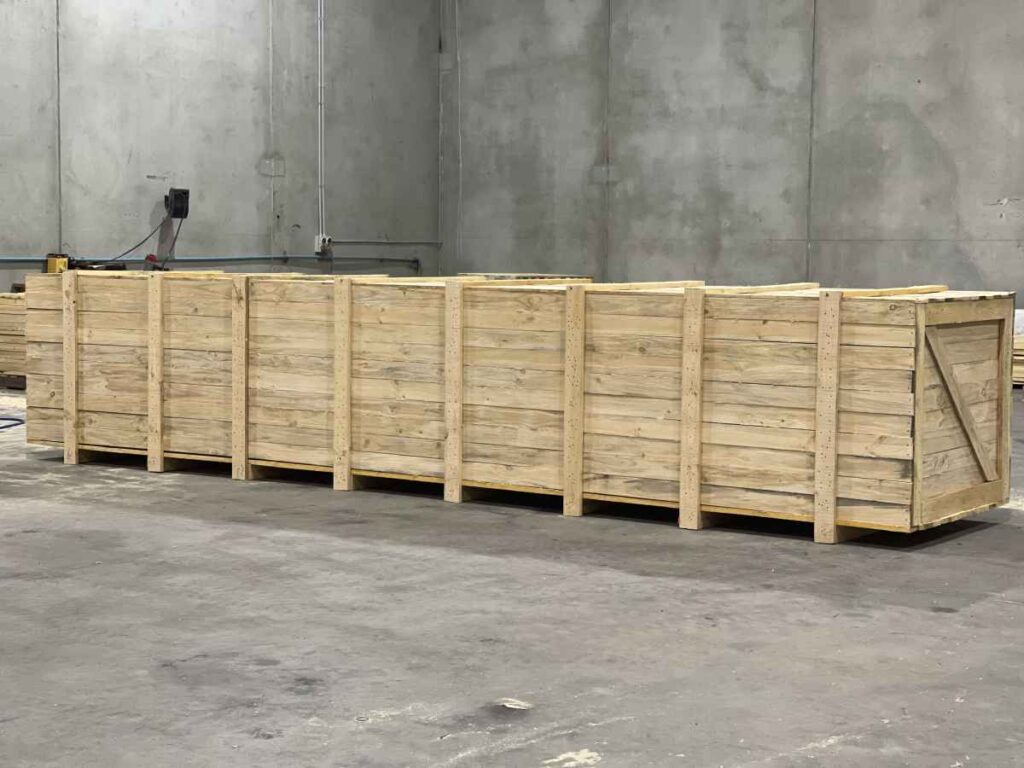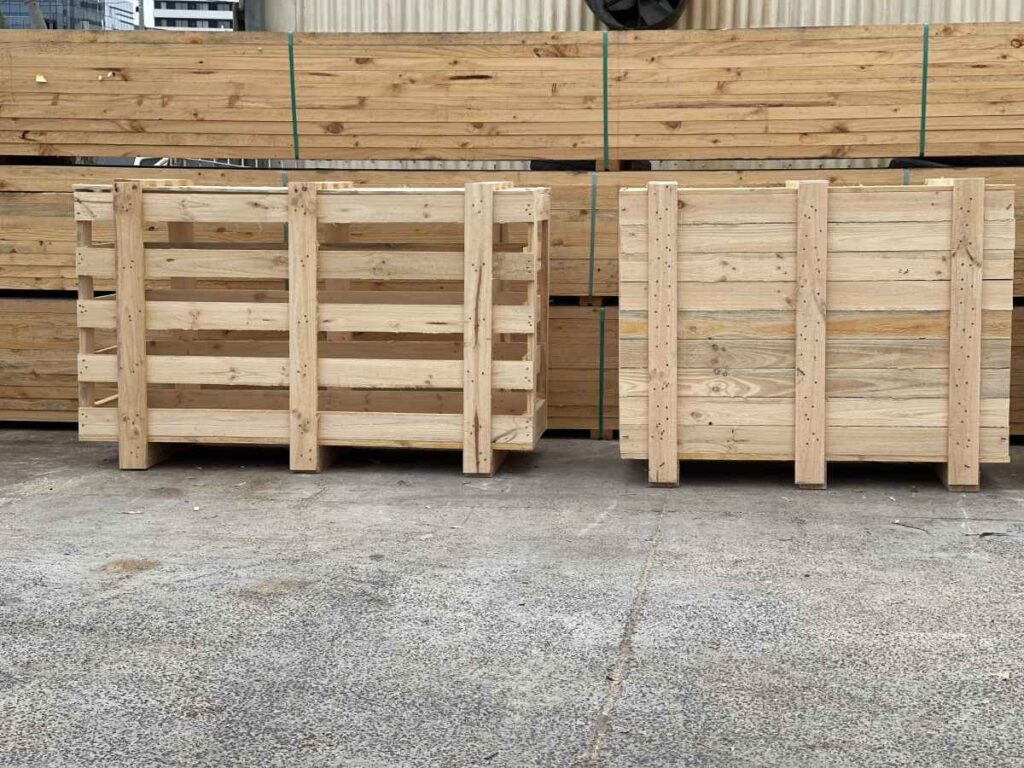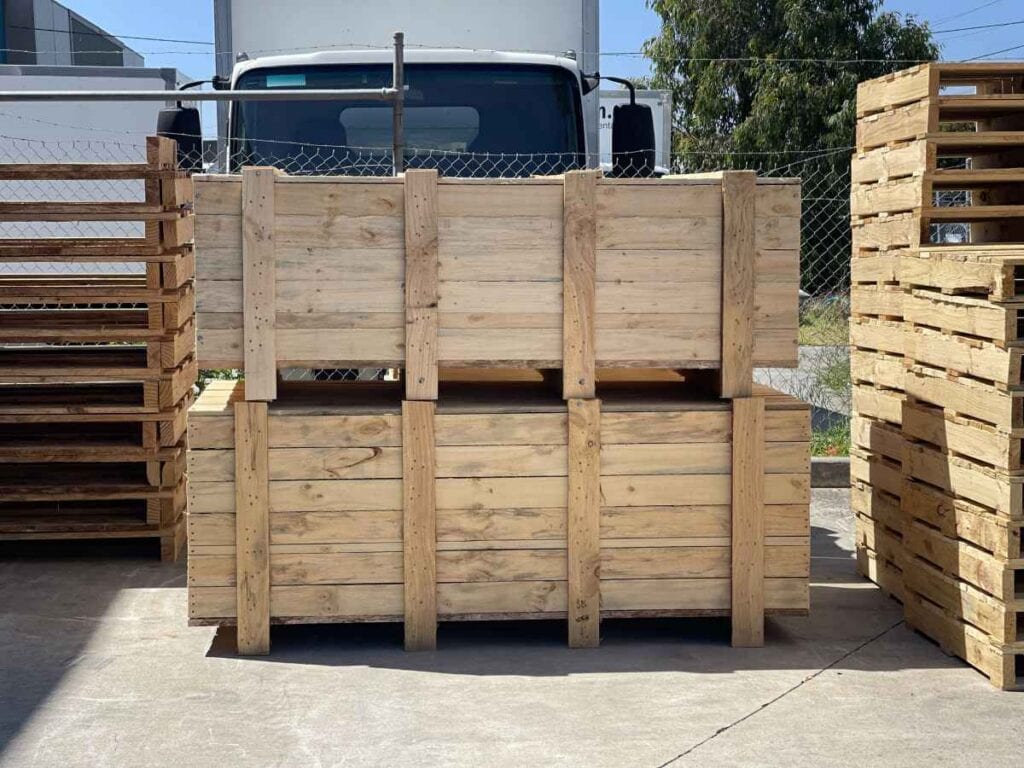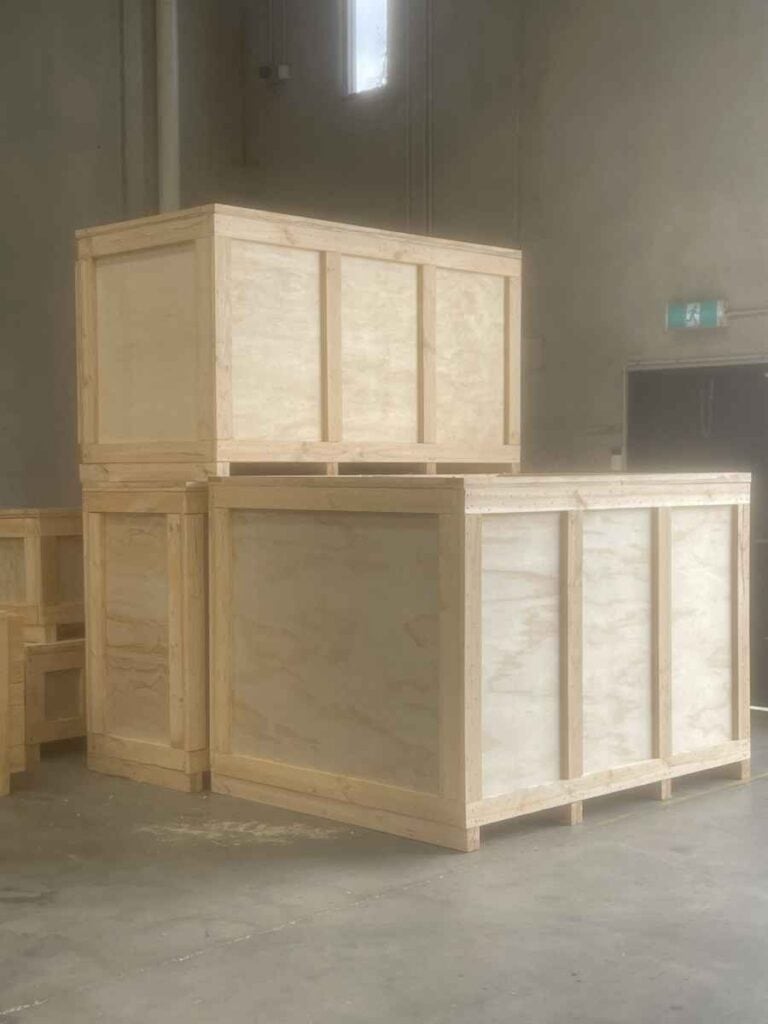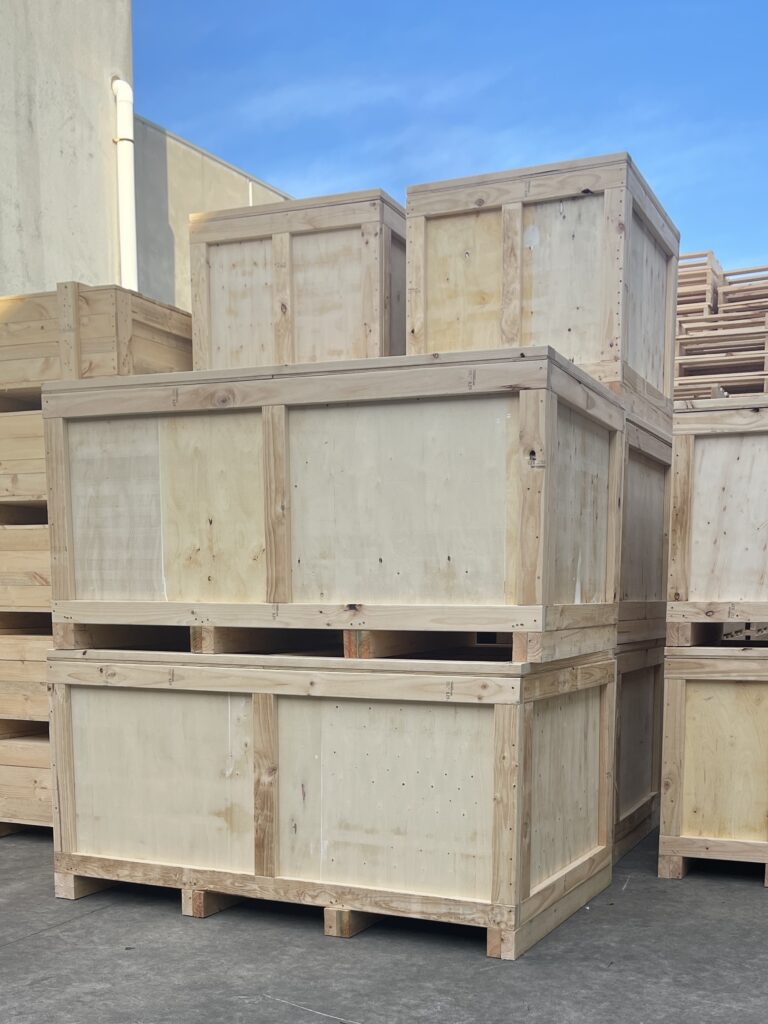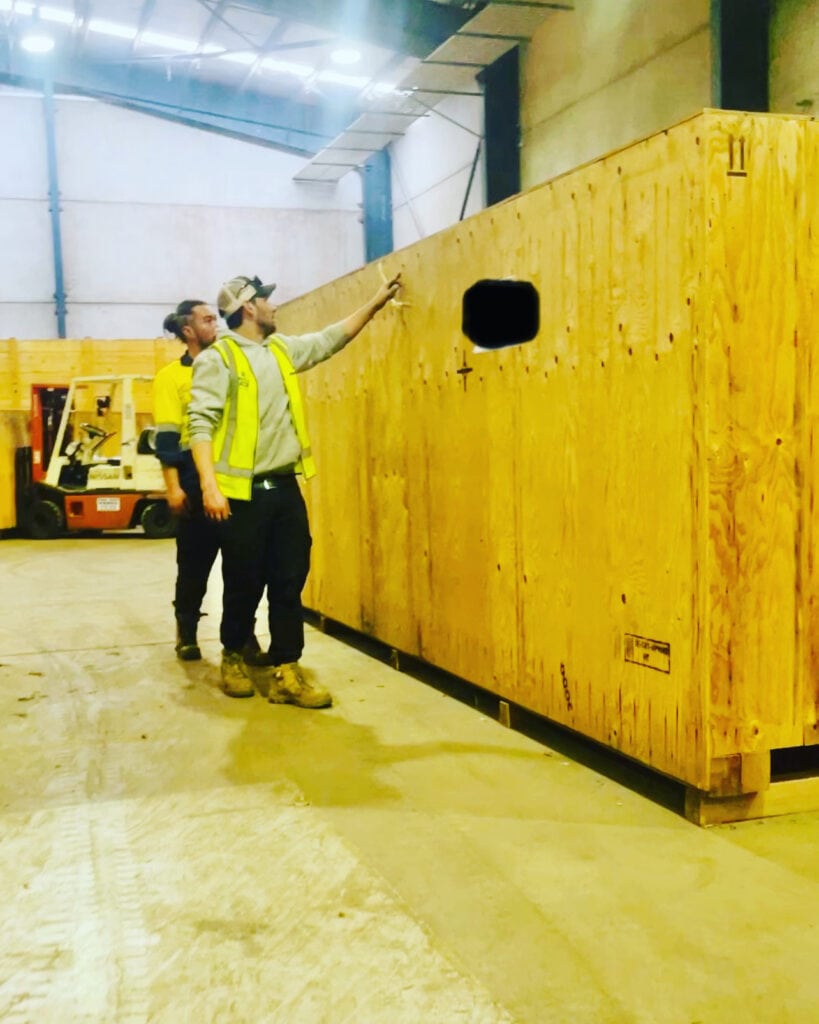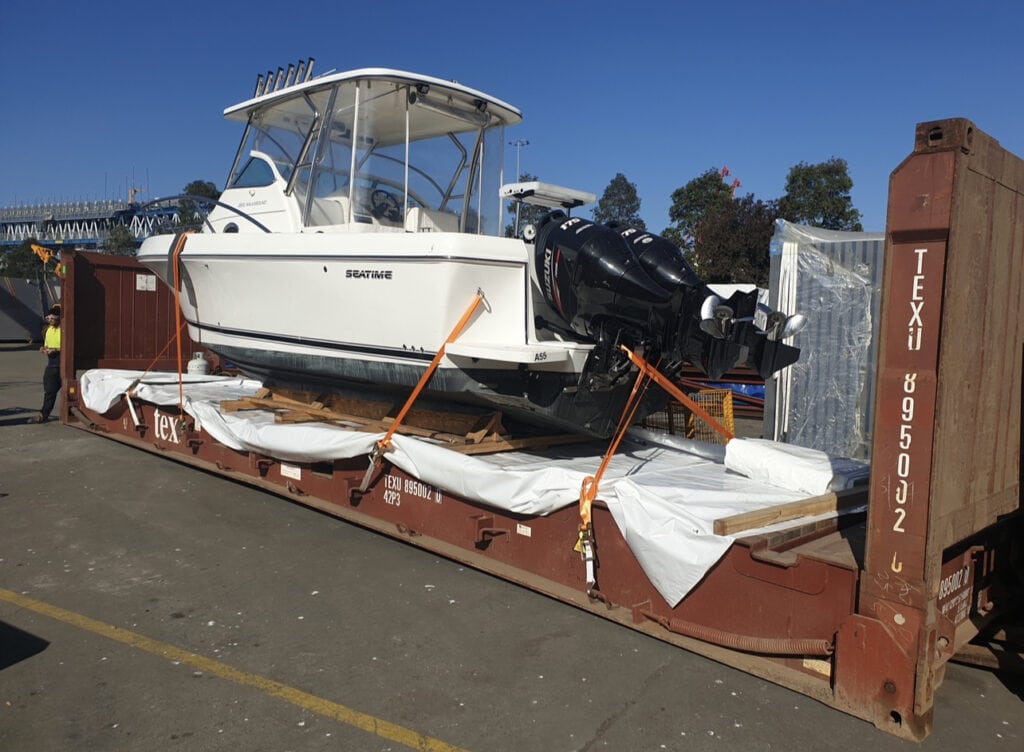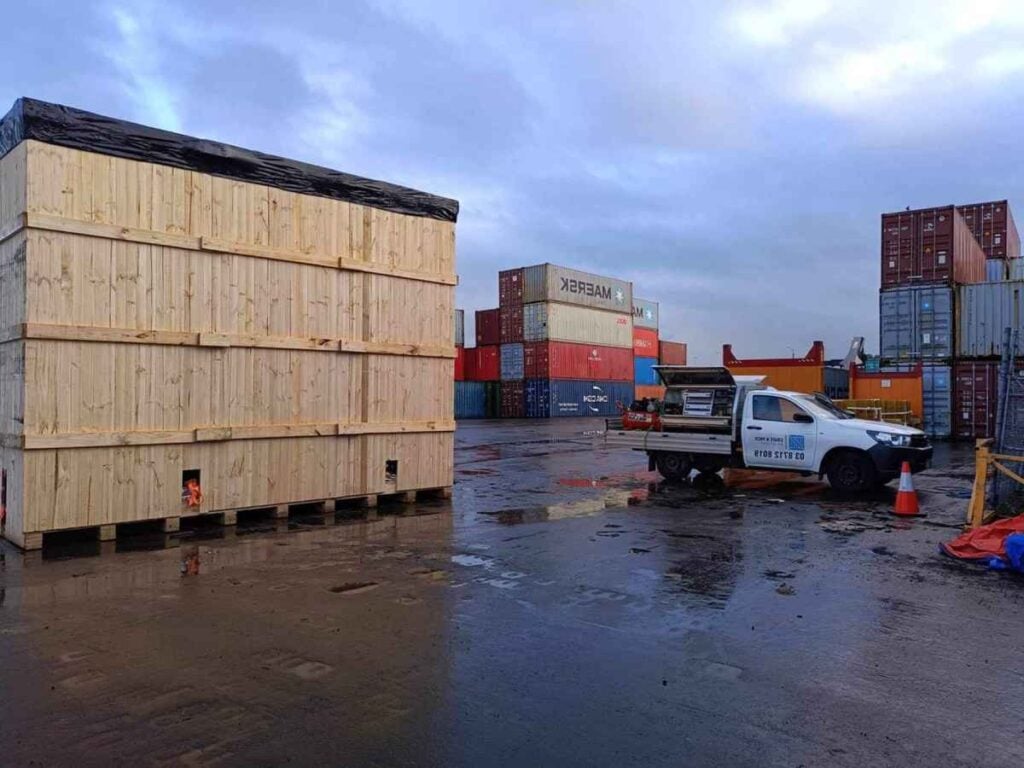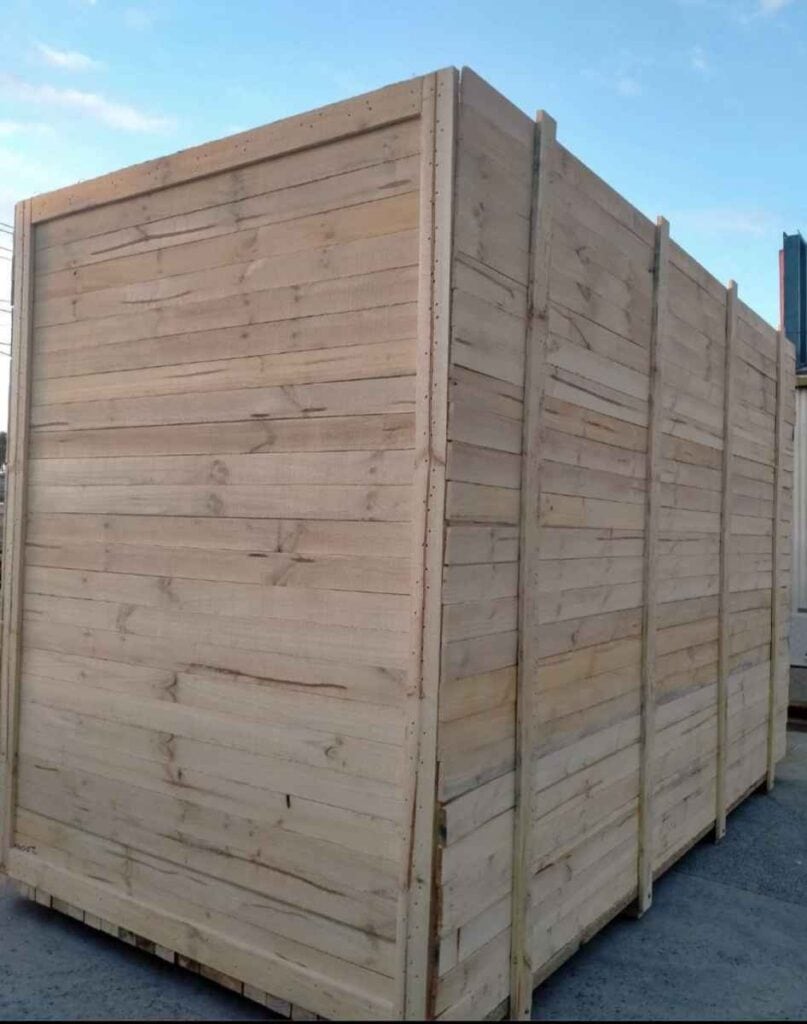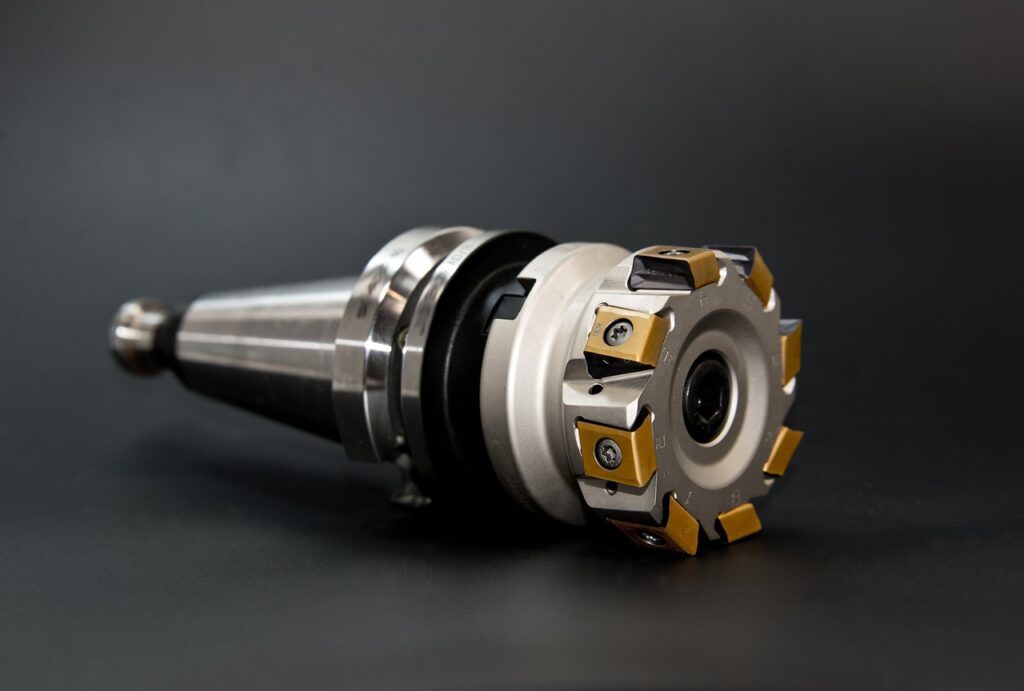It is impossible to emphasise the significance of eco-friendly wood crates in today's ethically and sustainably focused world. Because of its adaptability and longevity, wooden boxes have been used extensively in logistics, industry, and agriculture.
However, concerns have been raised about the long-term viability of the wood crate industry, prompting a shift towards more sustainably sourced products.
Businesses, individuals, and enterprises that care about leaving as small a carbon footprint as possible and making meaningful contributions to a sustainable future must understand the value of sustainable wood crates.
Obtaining timber in a sustainable manner is the first step towards making wood crates that can last for generations. Crates must be made with wood from responsibly managed forests that have been certified by organisations like the Forest Stewardship Council (FSC).
Forests can be harvested in a way that allows for their regeneration, protecting biodiversity and halting destruction, according to sustainable sourcing practises. In addition, it helps maintain the long-term health of the world's forests, which play an important role in reducing global warming by absorbing carbon dioxide.
Sustainable wood crates also have efficient manufacturing methods. In order to cut down on waste, energy use, and emissions, factories are increasingly turning to environmentally friendly technology and procedures.
Optimised wood-cutting methods, the use of non-toxic adhesives and coatings, and the installation of energy-efficient machinery are all examples of these steps.
Manufacturing companies and the environment both benefit from the use of sustainable manufacturing methods since they reduce negative effects on the environment while also saving money.
Wood crates are more environmentally friendly because they can be recycled and reused. Crate reuse and return programmes, in which crates are used for several shipments before being reconditioned or recycled, have been adopted by many sectors. This method not only lessens the need for brand-new crates, but it also lessens the amount of trash produced.
Wooden crates have an extended lifespan since they can be recycled into new wood-based products, which also helps to cut down on the use of raw resources. Wood crates are made more environmentally friendly and responsible resource management is fostered by adhering to these circular economy practises.
Different styles of wooden packaging
We thought it might be helpful to offer you some background on the many varieties of wooden boxes we stock, as each form is designed to meet a certain set of requirements.
Case
When the contents of your export must be protected from moisture and elements, a case, which is a fully enclosed wooden box, is the way to go. For instance, machinery being shipped overseas through sea must be protected from the elements in order to prevent the development of rust.
Crate
Wooden crates with spacing of 10mm or more between the slats are sometimes referred to as "skeleton crates." We can make the holes to whatever size you require. The purpose of the crate determines the size of the opening. It is typical practise to employ this aesthetic while exporting a product. Straw or other materials are commonly used for backfilling after the goods have been packed.
Pallets
Our selection of timber pallets is built to withstand big loads and be moved around with ease. Pallets may be moved quickly and easily using a forklift, streamlining the logistics of shipping, stacking, and storage.
Their sturdy and level design makes it simple to lift things. Pallets are durable enough to be used again and then recycled into new items such as furniture or garden beds.
Saddles

Saddles made of wood are used to support items that are awkwardly formed. Saddles, which are typically shaped like curves, are strong and sturdy enough to handle enormous weights without bending or breaking. Standard sizes for saddles are listed here, but we also provide bespoke solutions.
Timber packing
Timber packing containers offer structural strength with minimal gaps, keeping your belongings undamaged throughout shipping. Transporting goods in timber packing is a cost-effective, time-saving, adaptable, and convenient option.
Make your own unique box designs
We can make the ideal wooden packaging in any of these or other styles, so don't worry if none of the standard options work for you. Among the various options available to us is the incorporation of a foam interior, handles, wheels, and locks.
Our priority is ensuring that your goods get at their destination in one piece.
Tips for Shipping Wooden Crates and Boxes
Shipping large, fragile, or bulk-purchased items? Wooden crates and boxes are among the most secure and cost-effective options available to you. This form of packaging is not only the most eco-friendly option but also uses only 100% natural and recyclable materials.
There are, of course, a number of factors to think about before you actually go ahead and pack your goods into wooden crates and send them off. Here are some guidelines to keep in mind when transporting your wooden crates and boxes inside Australia:
Decide Between Pallets Or Crates And Boxes
Determine if wooden crates or boxes are the best option for your packing needs before you invest in their purchase. Wooden crates and boxes are great for transporting many different products, but they aren't always the best option.
For instance, a pallet is the ideal way to transport products that are both large and awkwardly shaped. On the other hand, fragile items may be better off being shipped in wooden crates and boxes.
Make Sure That The Wood Is Treated
Make sure your wooden crates and boxes are sturdy enough to carry your items without breaking during transit. ISPM-15 is the international standard for the prevention of the transmission of timber pests through the transportation of timber packing.
Your shipment will be returned to you if the receiving port discovers that the wooden crate it arrived in is not ISPM-15 compliant. Obviously, it's crucial that your wooden crates and boxes meet these requirements.
Determine The Size Of Your Product
Keep in mind that packing a bulky item into a small container might cause damage to both the item and the container.
A similar risk of harm exists when shipping fragile things in a box that is too large, as the contents will have too much room to move around inside.
Determine The Weight Of Your Product
Putting hefty objects inside a flimsy box or crate is asking for trouble, so be extra cautious while transporting anything of significant size or weight. You can rest assured that your packaging solution will be able to handle the weight of your goods if you have professional packaging crates and boxes produced for you.
Choose The Best Box For Your Needs
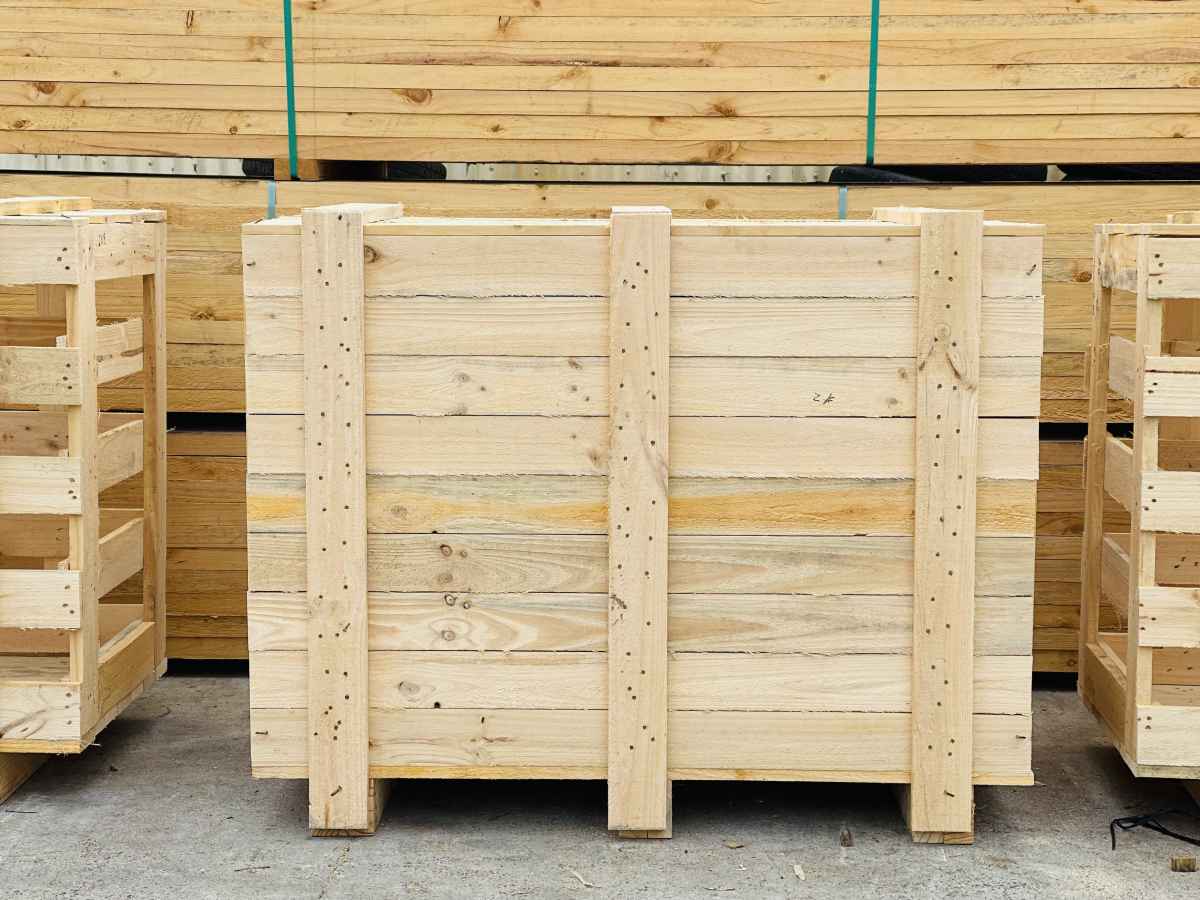
When selecting your wooden crates or boxes, keep the aforementioned considerations in mind at all times. Your goods will be best safeguarded by containers that have been custom-made to suit its unique needs.
Protect Your Items Adequately
Wooden crates and boxes are great for keeping out the elements and absorbing shock, but it is still crucial to take extra precautions with fragile items by covering them in bubble wrap or cushioned packaging and taping it all shut.
Pad The Interior Of Your Crate Or Box
Without padding, the contents of your crate are likely to shift around a great deal while you transport them.
Packing peanuts, newspapers, bubble wrap, or any other form of cushioning material should be used to line the interior of your crate or box to prevent your valuables from being damaged during transit.
Pack And Seal
Make sure the box is secure before putting your boxed products inside. If, after giving the box a small shake, you can still hear the item shifting about, more padding should be added before you shut it up.
Don’t Forget The ‘FRAGILE’ Label!
To alert the person handling your shipment that the contents are fragile, you should affix a 'FRAGILE' label to the outside of the wooden crates or boxes in which they are packaged.
Trust In A Reputable Packaging Supplier
Get your wooden crates or boxes created to order by a reliable packaging expert if you want to make sure they meet all applicable standards and are a good match for your products.
Benefits Of Wood Crating
Good packaging is essential for safe transportation, whether across town or across the ocean. Although many other modern materials can be used as shipping containers, the tried-and-true method of using timber crating can offer the best protection against shipment damage. The following are some of the primary benefits of employing timber crating for crucial shipping requirements.
Adaptability
There is no requirement for uniformity in the dimensions or shape of a wooden shipping crate. It's flexible enough to accommodate different shipment loads. Therefore, custom hardwood crating is an excellent option for loads with odd shapes. That's a boon to anyone transporting bulky industrial machinery or other items that don't fit into standard cargo containers.
Shipping Damages Occur in Many Ways
Any time the items are in transit or being temporarily stored until shipment, they are at risk of being damaged. About $400 billion in annual exports leave the United States on wooden pallets and containers. This is due to the fact that wooden pallets prevent loads from shifting and breaking. Wood can also act as a shock absorber, protecting cargo from the effects of normal handling.
Easier Movement and Maximum Protection
Wooden crates are lightweight and simple to move throughout storage facilities, terminals, and delivery hubs. Products can be kept several inches off the ground in the crates, making it easier for forklifts, pallet jacks, and other warehouse machinery to transport them. Goods are less likely to be damaged in transit if they are easy to move. It also drastically lessens the effort required to transport items over long or small distances.
Affordable and Recyclable
Shipping crating made of wood can be constructed from many different types of trees. The containers may be rebuilt after minor damage, making them good for multiple travels. Even wooden containers wear out and need to be replaced eventually. Instead of letting the wood go to waste, it might be reused when the time comes. By using reclaimed wood in the manufacturing process, we may lessen our influence on forests and related environmental problems.
Frequently Asked Questions
Yes, wooden crates can be customised with padding and cushioning to protect fragile items during transportation.
Wooden crates can be treated and coated to enhance their resistance to moisture and temperature fluctuations, making them suitable for withstanding various weather conditions during transportation.
Wooden crates are known for their strength and durability and can typically handle heavy loads. However, it's essential to consider the specific design and construction of the crate, as well as any weight restrictions imposed by shipping carriers.
While the initial cost of wooden crates might be slightly higher than some alternatives, their long-term cost-effectiveness is evident. Their durability and ability to protect goods from damage can reduce the need for frequent replacements, ultimately saving money over time.
Wooden crates should be stored in a dry, well-ventilated area to prevent moisture damage. They should also be handled carefully to avoid splinters or damage to the crate itself.

